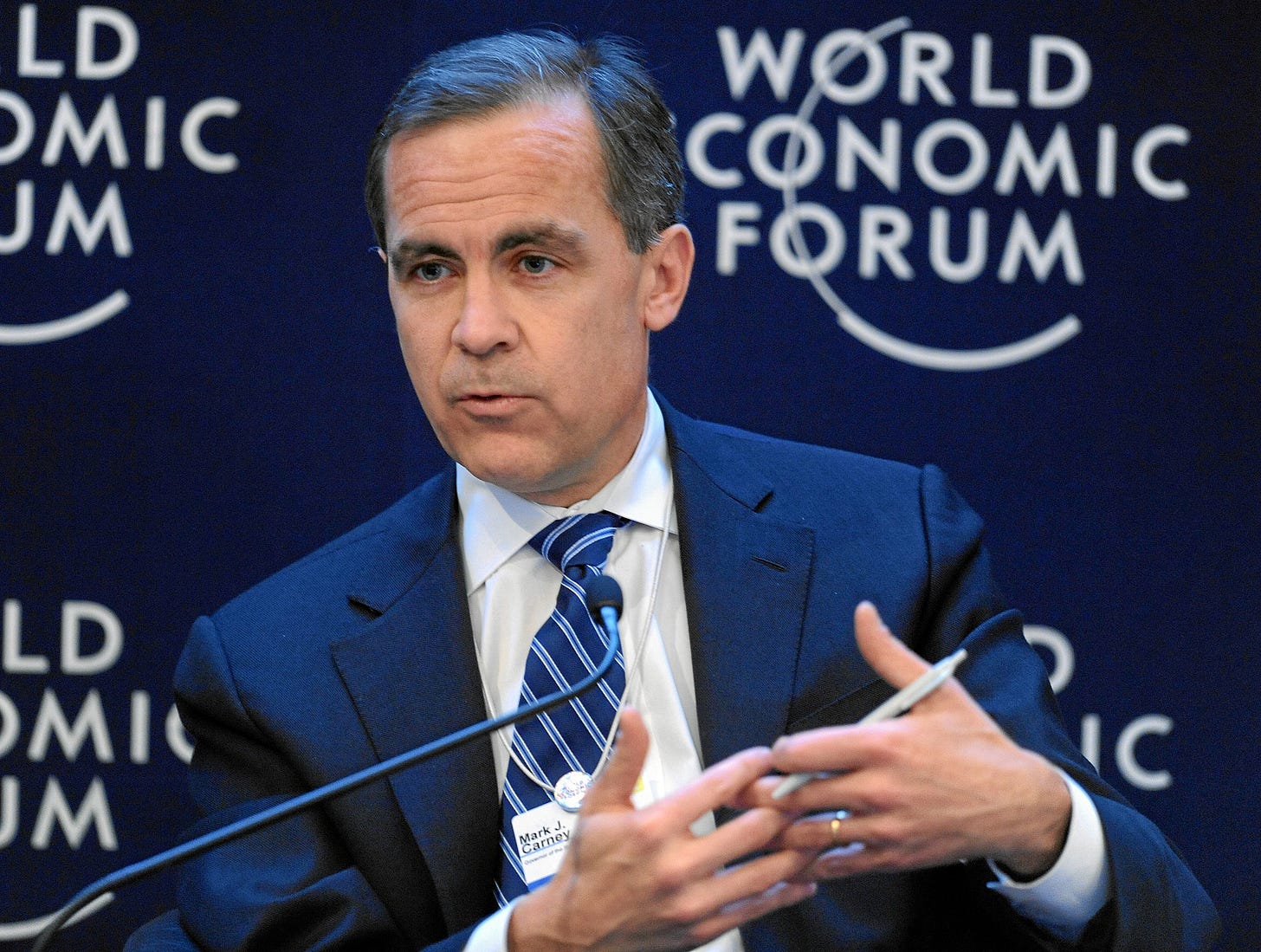Budget 2025 talks a big competition game but lacks punch
Lack of new funding for Competition Bureau will limit its ability to carry out new powers, but banking changes have fintechs cautiously excited

The federal government is talking the talk on a more competitive Canada as far as this week’s annual budget is concerned, but it’s not necessarily walking the walk, according to competition advocates.
While the budget makes note of recent upgrades to relevant laws and contains a seven-page section on increasing competition that focuses mainly on the telecom and financial sectors, what’s missing is additional funding to enforce and take advantage of those changes.
“At a messaging level, the government is clear they want this to be a priority of theirs,” says Canadian Anti-Monopoly Project executive director Keldon Bester. “But we would have liked to have seen more money for the Competition Bureau, that appears to have fallen on deaf ears.”
In its pre-budget recommendations, CAMP had requested the government increase the Competition Bureau’s budget by $25 million from its current level of $58 million in order to fulfill some of the new abilities and powers granted by legislative updates.
Those powers include better abilities to block mergers and initiative proactive market studies in concentrated industries, such as the report it released this summer on airlines.
What’s potentially worse is that funding cuts could be on the table, with the budget noting that Industry, Science and Economic Development – which oversees the Bureau – must decrease spending by 15 per cent over the next three years. The Finance Department did not return a request for comment on whether the Competition Bureau would be affected.
Tuesday’s budget does appear to represent at least a significant shift in the government’s messaging around competition since the spring election. The word “competition” appears 49 times in the 493-page document after showing up only twice in the Liberal party’s platform at the time.
The chapter on increasing competition notes that “when businesses face healthy competitive pressures, they operate more efficiently, cut costs, and innovate to stay ahead of rivals. These benefits are passed on to Canadians through lowers prices, better product quality, and more choice.”
Broadly, the budget promises “early, but meaningful” measures to increase competition and that the government “will continue to push for more choice for Canadians across the economy.”
Back in April, Canadians were fixated on the U.S. election and President Donald Trump’s threats of tariffs and annexation. While those fears are still present, affordability issues are topping polls again, as they did before the election.
“Cost of living is back at the top of the agenda,” Bester says. “It makes sense that competition is showing up more.”
On the telecom front, the budget notes that Canadians are paying “far too high prices” because of a lack of competition.
To that end, the government plans to implement a “dig once” policy to encourage coordinated installation of fibre optic lines when developing major projects of national significance.
It’s also promising a consultation on streamlining competitor access to cellphone towers later this year as part of a general effort to reduce regulatory burdens on telcos, and modernizing how spectrum – the wireless licences that providers require – is licensed.
Lastly, the government is promising to boost competition by having the Canadian Radio-television and Telecommunications Commission implement new rates for wholesale internet access and wireless roaming.
Independent internet providers, which access networks owned by Bell, Rogers and Telus on a wholesale basis to deliver services, have been waiting for final lease rates since 2016. Many were acquired by larger companies over the past few years, blaming high and uncertain wholesale rates.
Joshua Krane, a lawyer representing the Competitive Network Operators of Canada – an advocacy group for smaller ISPs – says the “dig once” budget position reaffirms the CRTC’s and government’s belief that large telcos such as Bell and Telus should be allowed to access each others’ fibre networks. CNOC opposes that policy because it creates even more advantages for bigger players over smaller ones.
“Incumbents should compete by building,” Krane says. “We just don’t think builders should be able to access wholesale.”
In banking, the budget promises action on a number of fronts, including a review of fees, prohibiting charges for transferring investment and registered accounts, introducing legislation to enable secure financial data sharing, and implementation of key open-banking features by mid-2027.
Challengers to the big banks are cautiously upbeat about the news, saying that the government appears to finally be taking action with specified dates on a number of promises, as opposed to vague promises of further study.
Draft regulations banning $150 transfer fees, for example, are promised by spring 2026, while legislation that will allow consumers to take direct “write access” actions through big bank competitors, such as switching accounts or making bill payments, is targeted by mid-2027.
“It’s the most movement we’ve seen in a budget,” says Andrew Chau, co-founder of Calgary-based fintech Neo Financial. “There seems to be much more clear policy and a clear mandate… Ultimately it means consumers will be better off.”
Lastly on the competition front, the budget promises that the government will launch consultations to amend the Canada Labour Code to restrict the use of non-compete agreements in employment contracts for federally regulated businesses. Doing so will allow employees to more freely work for rivals or start their own companies.


